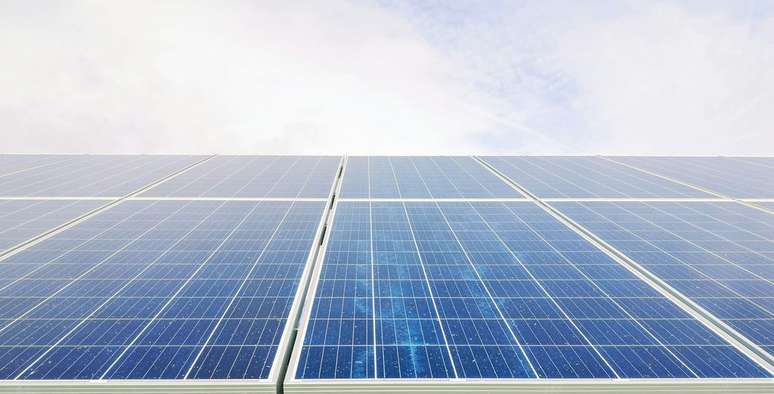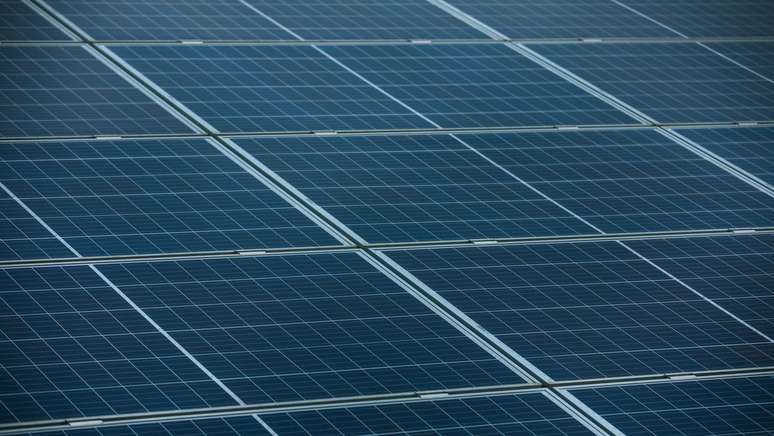With little land available for renewable energy production, Japan begins installing floating solar panels at sea in an experimental project
A pilot project to obtain offshore solar energy from floating platforms with photovoltaic (PV) panels in Tokyo Bay is starting to operate in Japan. In a country known for land scarcity, thinking about solar power parks floating in the sea seems like a good option for obtaining solar energy. renewable energy. However, you still need to know whether the plan will work in practice.
- The solar energy installed in Brazil is already equivalent to Itaipu’s generation
- Scientists swap silver for copper and create the world’s most efficient solar panel
The floating platforms were developed and installed by the Sumitomo Mitsui Construction (SMC) company. Although this is the first solar power project to be installed at sea, the Japanese company already operates six commercially viable floating plants in reservoirs and other bodies of water.
Regardless of the Japanese test, Scientists at the Australian National University have already highlighted the energy potential of these offshore platforms. In theory, the plants could produce an almost unlimited amount of energy if placed near the Equator due to the high incidence of sunlight.
Solar energy production in the Sea of Japan
Platform structures for solar energy production in the Sea of Japan were completed in April and now the solar plant is already connected via submarine cables to supply energy to the continent, but production is still very low.

To understand the design, the platform developed by SMC is divided into four equal-sized portions, each hosting an array of 50-kilowatt panels facing different directions of the globe, maximizing the capture of solar rays.
Furthermore, the platform has been fixed to the seabed using cables, which prevents it from loosening and causing accidents on days with rough waters or even typhoons. The risk of high waves is low at the installation site.
Can salt corrode solar panels?
In addition to waves and tides, another potential risk to the solar power generation platform is the high salinity of the water, which can corrode equipment and prevent the production of renewable energy. This does not occur on farms located in places with fresh water.
To minimize this problem, the panels have been covered with glass on both the front and back. The idea is that this makes them more resistant, extending their useful life. Ultimately, this protection system will still have to be strengthened, depending on the results of this test in Tokyo Bay.
Renewable energy production
For now the platform produces only 1 megawatt, making it commercially unviable. However, the situation should change, if it were up to the Japanese company.
By 2030, the expectation is to increase power generation capacity to 150 MW. This is equivalent to approximately 30,000 home solar panels. The economic interest in the operation will certainly increase.
Below, see one such project for producing renewable energy through floating platforms:
Source: Nikkei Asia
Trends on Canaltech:
- BYD takes 5,500 cars to Brazil on giant ship to avoid taxes
- BYD gives a hybrid car to the Palmeiras coach after a gaffe; he looks at how it is
- Danielzinho Grau drives the first Brazilian Cybertruck in the community
- Apple’s AI should stay out of older iPhones; see which ones
- The Alien Romulus trailer is exactly what fans of the franchise need
- 25% of cell phones sold in Brazil are irregular, research reveals
Source: Terra
Rose James is a Gossipify movie and series reviewer known for her in-depth analysis and unique perspective on the latest releases. With a background in film studies, she provides engaging and informative reviews, and keeps readers up to date with industry trends and emerging talents.







